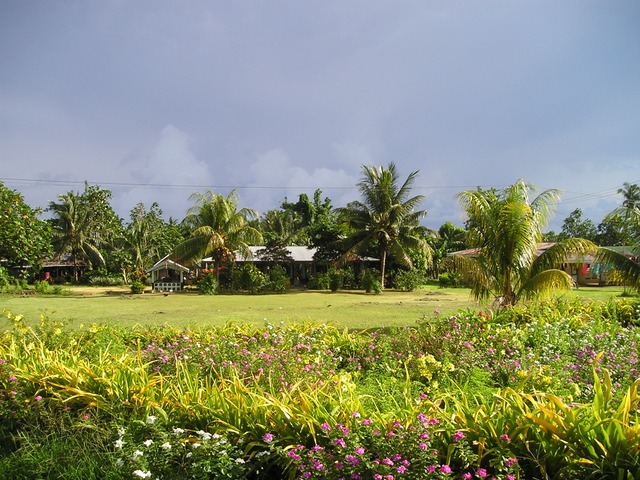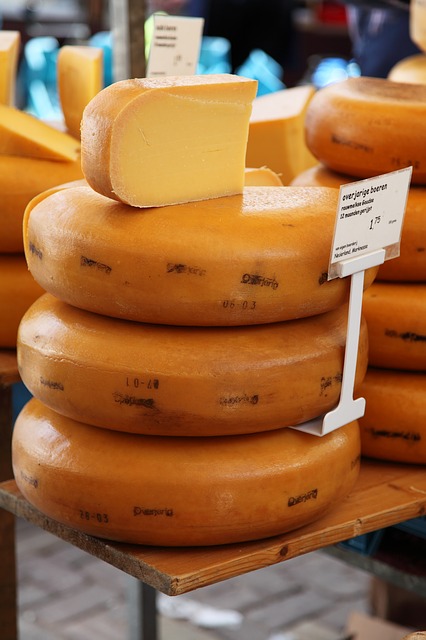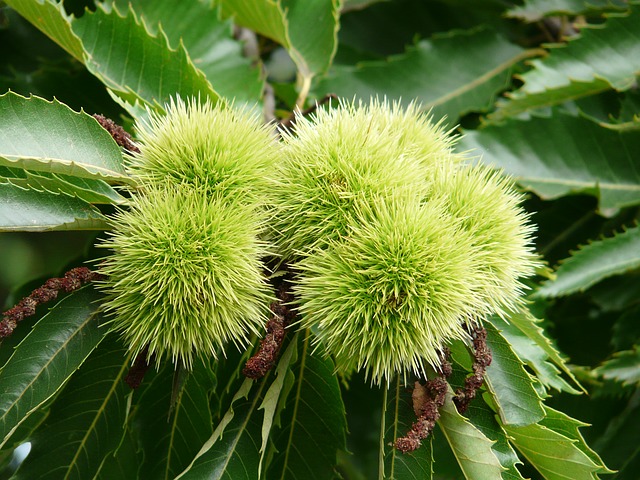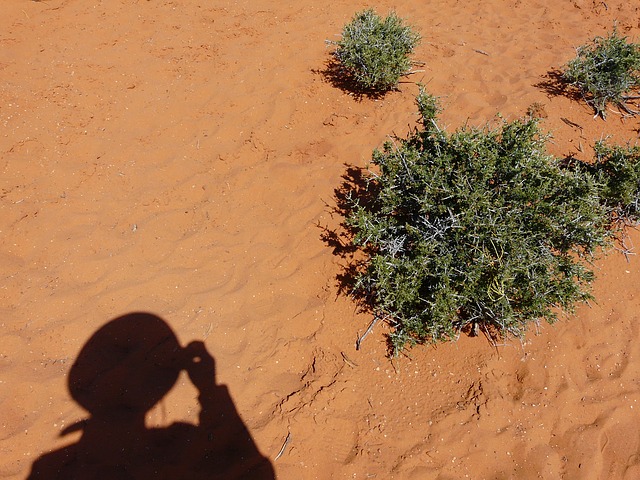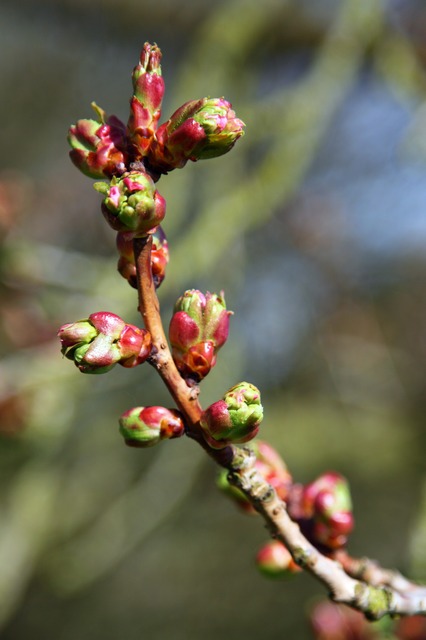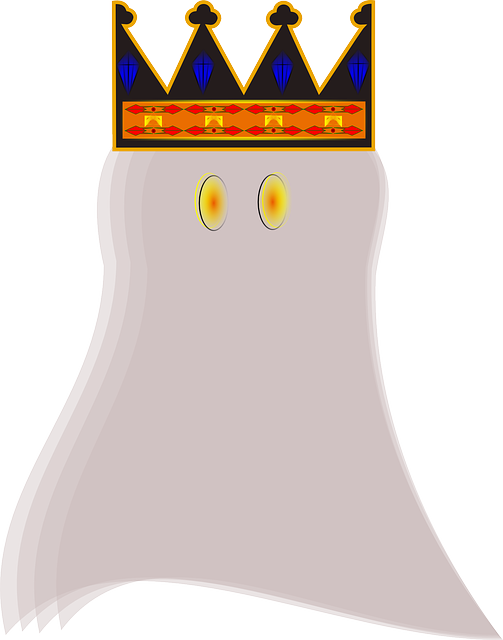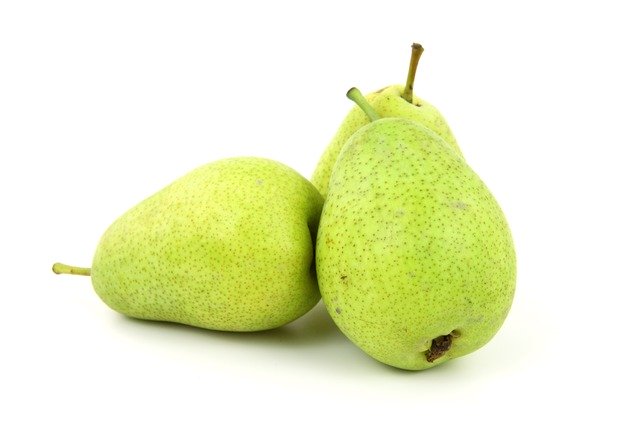سلاڤونيا
Slavonia (Croatian, Bosnian, Serbian: Slavonija, Hungarian: Szlavónia, Latin: Sclavonia) is a geographical and historical region in eastern Croatia. It is a fertile agricultural and forested lowland bounded, in part, by the Drava river in the north, the Sava river in the south, and the Danube river in the east.
الجغرافيا
The area is divided into five counties, with a total population of 891,259 (2001 census). [1] Two more counties mostly located in Central Croatia also include some western parts of Slavonia. The biggest city is Osijek with a population of 114,616 (2001). Other cities are: Slavonski Brod, Vinkovci, Vukovar, Đakovo, Požega, Virovitica, Nova Gradiška, Slatina, Županja, Našice, Valpovo, Donji Miholjac, Belišće.
While generally known as a lowland, Slavonia does actually have a number of hills. The main ones are Psunj, Papuk, Požeška Gora, Ravna gora, Krndija and Dilj, which in turn encircle the valley of Požega.
Historically, the borders of Slavonia fluctuated. In the early medieval period of the Kingdom of Hungary, Slavonia was a vassal province of the Kingdom, and included only the western part of present-day Slavonia, but also parts of present-day central Croatia (including Zagreb) and the western and northern parts of present-day Bosnia (The eastern parts of present-day Slavonia belonged to Hungary proper). In the late Medieval period Slavonia occupied territories between the rivers Sava, Drava, Sutla and Danube. In the 18th and 19th century, the Kingdom of Slavonia was a province of the Habsburg Monarchy, and included northern parts of present day regions of Slavonia and Syrmia, while the southern parts of these regions were part of the Habsburg Military Frontier (Slavonian Krajina).
التاريخ
نطقب:History of Slavonia This region was originally part of the Roman province of Pannonia. In the 7th century a Slavonic state owing allegiance to the Avars was established, but soon replaced by the Croats. Slavonia was defended by King Tomislav of the House of Trpimirović from Hungarian invaders and annexed to his newly-created Kingdom of Croatia in 925. In 1027 a Hungarian Army under Stjepan Svetoslavić of the side branch of the Trpimirović dynasty took Slavonia and made it the Slavonian Banate of the Kingdom of Hungary, ruled by its own dynasty of Svetoslavić. Slavonia was reunified with Croatia in the 1070s under King Dmitar Zvonimir Svetoslavić. In 1091 it separated again and accepted the suzerainty of the Hungarian crown. 11 years later, the rest of Croatia also accepted the suzerainty of the Hungarian crown. In the 12th century it became the practice that the successor of the throne first became Duke of "whole Slavonia" (like the eldest British prince becomes Prince of Wales), and there were some power grabs since in many cases son waged war against father while trying to establish and confirm his power base. Though Slavonia was originally considered to be part of the Kingdom of Hungary by Hungarian public law, it became more and more separated from the Kingdom of Hungary and more and more tied to the Kingdom of Croatia.
In the 13th century, Croatia was divided into 2 banovinas, one of which was named Slavonia (the other keeping the name Croatia). The nobility of Slavonia was more connected to Hungary than was the nobility of Croatia. In the late 13th century the eastern parts of the region were turned into the semi-independent state of the powerful local ruler Csák Ugrin, although the Hungarian King took the area in 1311 after the death of Ugrin.
Ever since the fall of the Serbian Despotate migrations of Serbs under the Ottoman yoke took place, including their nobility who became an important political factor in Slavonia. Slavonia and Croatia were ruled by separate bans until 1476 when these two ruling positions were merged into one.
When the Ottoman Turks invaded the Kingdom of Hungary and destroyed the Hungarian army at the battle of the Mohács in 1526, the Croatian Parliament invited the Habsburgs to assume control over Croatia. After many fierce battles the Ottomans conquered all of today's Slavonia bit by bit in 1529, 1536, 1540, 1543 and 1552, but not the whole of the late medieval Kingdom of Slavonia (its borders extending west to the Sutla river), with Habsburgs ruling over the western remaints around Zagreb, today considered Central Croatian region.
The Habsburgs took the entire region from the Ottomans in the Great Turkish War, a result affirmed by the Treaty of Karlowitz in 1699. During Habsburg rule, the Kingdom of Slavonia was a Habsburg province and was part of both the Kingdom of Croatia and the Kingdom of Hungary. The southern parts of present-day Slavonia were not included in this province, but into the Habsburg Military Frontier (Slavonian Krajina), which the Slavonian nobles at numerous times tried to integrate into Slavonia, but with no success. Post-1699 Slavonia was a different geographical entity from the medieval Slavonia. Whereas medieval Slavonia incorporated the territories between the Drava, Kupa and Sutla Rivers, Habsburg Slavonia was extended eastwards to include the sparsely populated territories between the Sava and Drava Rivers.
During the Revolutions of 1848 Slavonia was temporarily united with Croatia under the Ban Josip Jelačić. After 1849, both Slavonia and Croatia were affirmed as completely separate Habsburg crown lands. Following the 1868 Settlement (hrvatsko-ugarska nagodba) with the Kingdom of Hungary, Slavonia was joined with Croatia in the single Croatia-Slavonia kingdom, which although under the suzerainty of the Crown of Saint Stephen, kept a certain level of self-rule. The year 1881 also saw the final dissolution of the Slavonian Krajina and its incorporation into the existing Slavonian Counties.
As for the rest of Croatia-Slavonia, the region became part of the Kingdom of Serbs, Croats and Slovenes in December 1918. Between 1922 and 1929, it was a province known as the Osijek Oblast (Osijek Province), administered from Osijek, and since the creation of the Kingdom of Yugoslavia in 1929, part of the Sava Banovina administered from Zagreb. In August 1939 it became part of the Banovina of Croatia.
During الحرب العالمية الثانية, Slavonia became part of the Nazi puppet state, the Independent State of Croatia. When the Yugoslav federation was formed after the war, Slavonia became part of the Socialist Republic of Croatia.
When Croatia declared its independence in 1991, the Serbs of Krajina proclaimed their own state that comprised portions of eastern and western Slavonia. The eastern portion was referred to as the Serbian Autonomous Region of Eastern Slavonia, Baranja and Western Syrmia, and it encompassed roughly everything east of Osijek and Vinkovci and northeast of Županja, including the cities of Vukovar and Ilok, as well as all of Baranja. This part of Krajina was ethnically mixed with a relative Croatian majority and witnessed bitter fighting during the war (See: War in Croatia). The 1991 Battle of Vukovar was the most important event of the war in this area. The western portion of Slavonia, controlled by RSK, included the area around Okučani and most of the Psunj mountain. In May 1995 the western region was seized by Croatian forces in the military Operation Flash. In 1996 the east was turned over to the UNTAES and integrated into Croatia by January 1998.
المقاطعات
Five counties of Croatia located mostly in the Slavonia region are:
- Osijek-Baranja County (mostly in Slavonia, but also include Baranja region)
- Vukovar-Syrmia County (including the western part of Syrmia)
- Brod-Posavina County
- Požega-Slavonia County
- Virovitica-Podravina County
Two counties located mostly in Central Croatia, but also include parts of Slavonia:
- Sisak-Moslavina County
- Bjelovar-Bilogora County
السكان
The rough population of Slavonia (comprising five Slavonian counties) numbering 891,259 people (2001 census), including: [2]
- 763,323 (85.65%) Croats
- 78,085 (8.76%) Serbs
- others (including Hungarians, Czechs, Slovaks, Bosniaks, Rusyns, etc.)
تنوع مصادر الدخل
Wheat and maize are the major crops, and the leading industry is food processing. It also has some oil and natural gas resources.
A subspecies of pedunculate (common) oak Quercus robur slavonica is named after Slavonia. The region is home to these and sessile oaks.
معرض الصور
Osijek, St. Michael's Church
Art Nouveau Façade of Osijek
Đakovo, St. Peter's Cathedral
Vukovar, Main Street
Valpovo, River Karašica and bridge Malta
Valpovo, Palace of Count Normann- Prandau
Fortress and city of Požega (13th century)
Kino Urania (Urania Cinema), Osijek
أنظر أيضاً
- مملكة سلاڤونيا
- Banovina of Slavonia
- Croatia-Slavonia
- Slavonian Krajina
- Sava Banovina
مراجع
This article does not cite any references or sources. (January 2009)
|
روابط خارجية
- Slavonia - Croatia Tourist Center
Coordinates:


